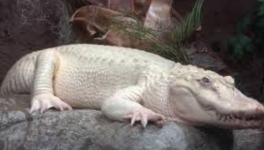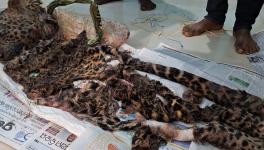Odisha: Unbridled Commercial Activities May Take Heavy Toll on Bhitarkanika Flora, Fauna
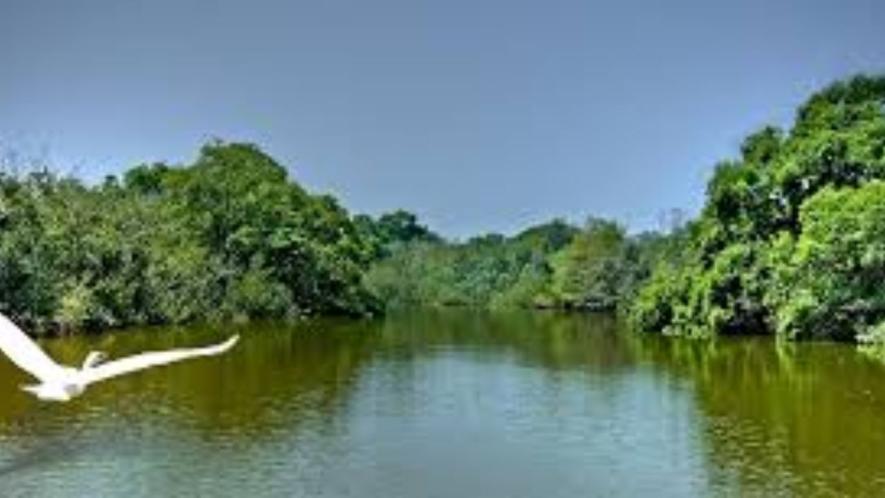
Courtesy: Odisha tourism
After Sundarbans in West Bengal, the Bhitarkanika National Park in Odisha is the second-largest mangrove forest in India. There are 55 different types of mangroves in the sanctuary, where migrant birds from Central Asia and Europe camp.
More famous for being a home to about 1,671 saltwater crocodiles, this National Park is spread over 145 sq km in North East of Kendrapara district.
Being a rich repository of innumerable flora and fauna, this park is supposedly one of the best among many such treasures in the world. Unfortunately, uncontrolled commercial activities are gradually becoming a death knell for the park.
The rich biodiversity of this park is evident from its pride possession of more than 70% of the country’s saltwater crocodile population that remain the flagship species in the meandering tidal creeks and mangrove forests.
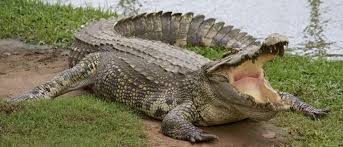
The largest among the crocodiles in the park’s creek was measured 23 feet and still rules.
“In a way, the crocodiles are doing the job of protecting the park, else people could rummage through the park’s eco-system if the fear of the crocodiles was not there” said a forest official in Bhitarkanika, requesting anonymity.
The threat to these crocodiles comes from the expanding human population coupled with a drop in freshwater from the promontory source, the Kharasrota river, endangering the health the National Park and the flora and fauna,” said Biswajit Mohanty, an environmental activist.
Destruction of the Inner Kanika (core area) looks imminent if the government’s proposed drinking water project through Kharasrota river goes ahead, as that may bring an end to the eco-system and biodiversity of the park in another 25 years from now, he added.
If there is no balance between the saltwater coming from the ocean’s mouth and the freshwater from the river in the mangroves, then this system will collapse, experts warned.
The role of mangroves is important in battling the threat of cyclones that has been increasing along the coast of Odisha. This was amply proved during the 1999 Supercyclone that protected the entire Rajnagar block fortified by thick clusters of mangrove forest.
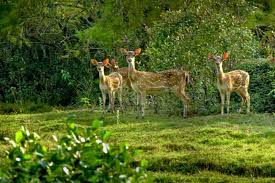
Besides saltwater crocodiles, the national park is also a home to the Indian python, king cobra, wild boars, chital, jackals, fishing cats and a huge population of water monitor lizards and many other species.
On the mud flats of the creek one can notice a number of mud-skippers who play a crucial role in the pool and food chain. These red crabs crawling on the mud flats play a vital role in the food chain, making this national park resilient in the self-support mechanism.
The mangrove forest also plays a significant role. A large-scale initiative was taken three-four years ago to plant mangrove saplings to replenish the loss, but that has not succeeded as expected.
“Most of the exercise remains on pen and paper and the job given to selective organisations are an eyewash” said a forest official.
Pink Rush
A few years ago, prawn farming became a big threat for the estuarine flow of water from the tidal creek, which is a major lifeline for the park.
Those who do prawn farming in the outer ring of the park and even inside areas usually dump toxic effluents into the rivers and ponds, causing severe pollution.
This went on despite an order from the Odisha High Court in 2017 when illegal prawn farms were removed.
“But the rot did not stop at that and a nexus between the prawn mafia and some forest officials saw to it that illegal farming restarted after a hiatus. Experts tell us that prawn farms impact the health of mangrove forests almost by combing the spread of mangrove” rued Mohanty, who also heads Wildlife Society of Odisha.
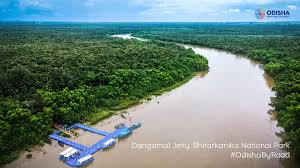
But the way the national park is being honey-combed by human activities through artificially created shrimp cultivation by siphoning brackish water from the adjoining creeks has been impacting the creeks and endangering the life cycle of the inmates around it.
There is a view that illegal immigrants from Bangladesh and Bengal have added to the problems.
“It has become a political problem and the forest department does not have a handle to check it. Each family that comes illegally, builds its own shelter for which a patch of mangrove is razed. One can imagine the rapidity at which the forest cover is reducing”, said Mohanty.
“In Bhitarkanika’s entire expanse, there is a rich layer of biomass on which many herbivores like Chital, wild boars feed themselves. That is being reduced by construction of rest houses and bungalows in Dangamal, which is drastically destroying the biomass reserves” said Mohan Rout, an activist working on the conservation of Bhitarkanika for the past 15 years.
As the Sun sets, sitting in the verandah of the forest bungalow, one can witness dozens of wild boars and chitals grazing on the surrounding biomass which is a rich and salty layer of earth they feed on. How long will this last, remains to be seen.
The writer is a freelance journalist based in Odisha.
Get the latest reports & analysis with people's perspective on Protests, movements & deep analytical videos, discussions of the current affairs in your Telegram app. Subscribe to NewsClick's Telegram channel & get Real-Time updates on stories, as they get published on our website.















